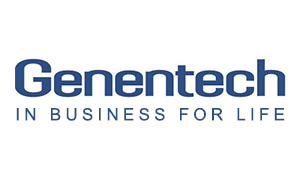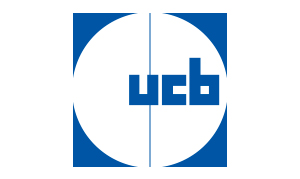Maslow’s hierarchy of needs is a well-known theory in psychology, proposed by American psychologist Abraham Maslow in his 1943 paper “A Theory of Human Motivation” in the journal Psychological Review, which explains the different levels of human needs that must be fulfilled to achieve overall well-being and self-actualization. This theory can be used in hiring by identifying the needs of potential employees and ensuring that these needs are met within the work environment.
Here’s how Maslow’s hierarchy of needs can be applied in hiring:
- Physiological Needs: The basic needs of food, water, shelter, and rest must be met for an employee to function effectively. In hiring, an employer should ensure that their employees have access to adequate wages, health insurance, and other basic benefits that can help fulfill their physiological needs.
- Safety Needs: Once the basic physiological needs are met, individuals require a sense of safety and security. This could include a safe and clean work environment, job security, and protection from harm. Employers can demonstrate their commitment to safety by providing training on workplace safety and implementing security measures.
- Belongingness and Love Needs: Employees need to feel a sense of belonging and be surrounded by supportive colleagues to fulfill this need. Employers can create a welcoming and inclusive work environment that promotes teamwork and collaboration. Team-building activities and social events can help foster a sense of belonging and connection among employees.
- Esteem Needs: Esteem needs refer to the desire for self-respect, recognition, and achievement. Employers can provide opportunities for employees to develop their skills and abilities and offer praise and rewards for a job well done.
- Self-Actualization Needs: At the top of the hierarchy is self-actualization, which refers to the desire for personal growth and fulfillment. Employers can support this need by providing opportunities for personal and professional development, such as training programs, mentorship, and career advancement opportunities.
Asking direct questions about Maslow’s hierarchy of needs may not be the most effective way to gauge where an established employee falls. Instead, employers can use a variety of questions to gain insight into their employees’ needs and motivations. Here are some examples of questions that can help employers understand their employees’ needs:
1. Physiological Needs:
- Can you meet your basic needs such as food, water, and shelter?
- Do you feel rested and energized for work?
- Have you been able to take breaks and eat lunch during your workday?
2. Safety Needs:
- Do you feel safe and secure in your workplace?
- Have you received training on safety procedures?
- Do you feel confident that your job is secure?
3. Belongingness and Love Needs:
- Do you feel like you are part of a team?
- Do you feel supported by your colleagues?
- Have you made any meaningful connections with your coworkers?
4. Esteem Needs:
- Do you feel respected and valued in your job?
- Have you been recognized for your accomplishments?
- Are you able to use your skills and abilities in your work?
5. Self-Actualization Needs:
- Do you feel like you are growing and developing in your job?
- Do you have opportunities for personal and professional development?
- Are you able to pursue your passions and interests in your work?
By asking these types of questions, employers can gain a better understanding of their employees’ needs and motivations. This can help them create a work environment that supports their employees’ well-being and fosters a sense of fulfillment and achievement.
By understanding and addressing the different levels of needs within Maslow’s hierarchy, employers can create a positive and supportive work environment that fosters employee well-being and satisfaction. This, in turn, can lead to increased employee retention and productivity.
Maslow, Abraham H. (1943). “A theory of human motivation”. Psychological Review. 50 (4): 370–396.
Posted by



















